Jusepe de Ribera
69 / 141
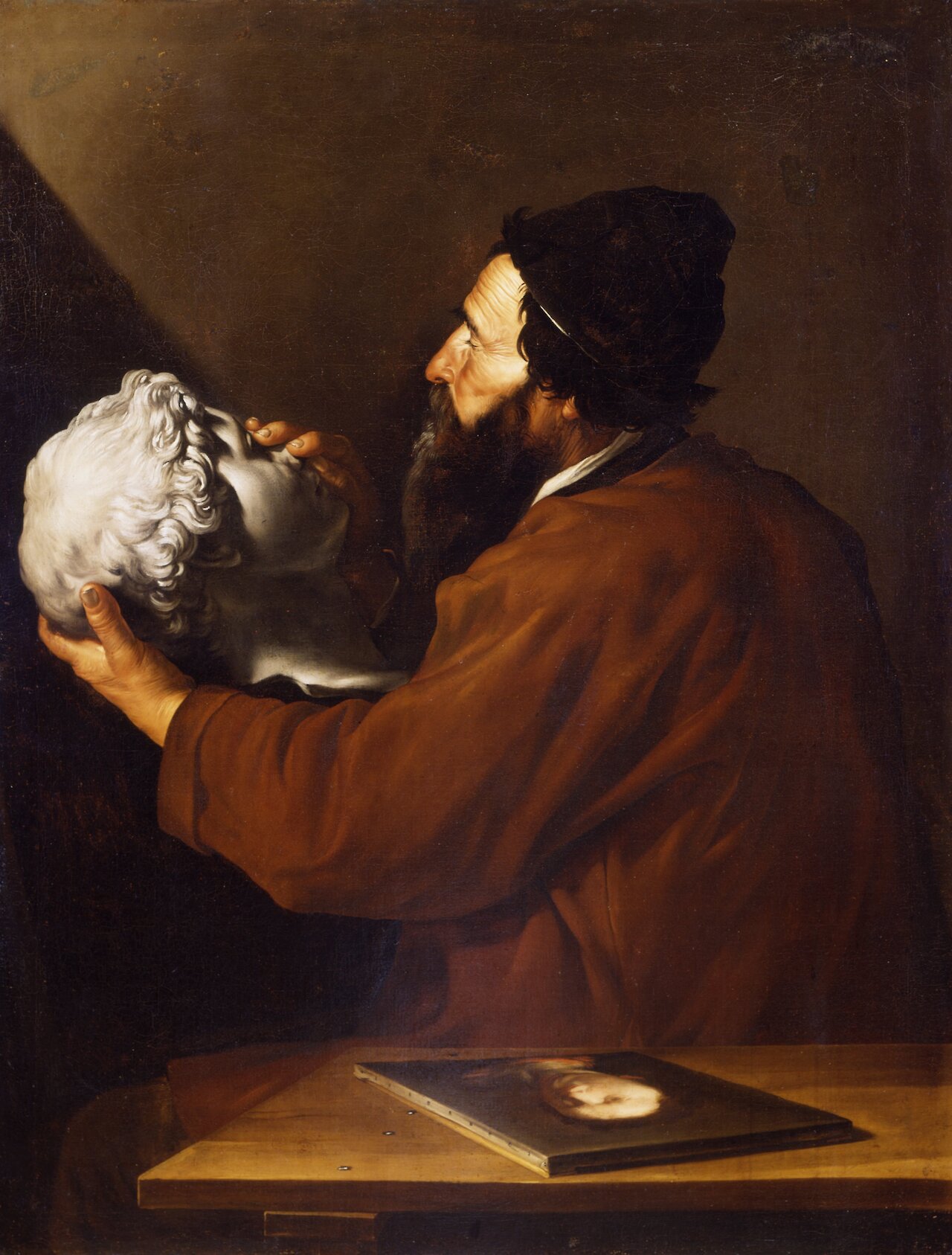
The Sense of Touch
by Jusepe de Ribera, circa 1615–1616
- Medium
- Oil on canvas
- Dimensions
- 45-5/8 x 34-3/4 in (115.9 x 88.3 cm)
- Credits
- The Norton Simon Foundation
- Location
- Norton Simon Museum
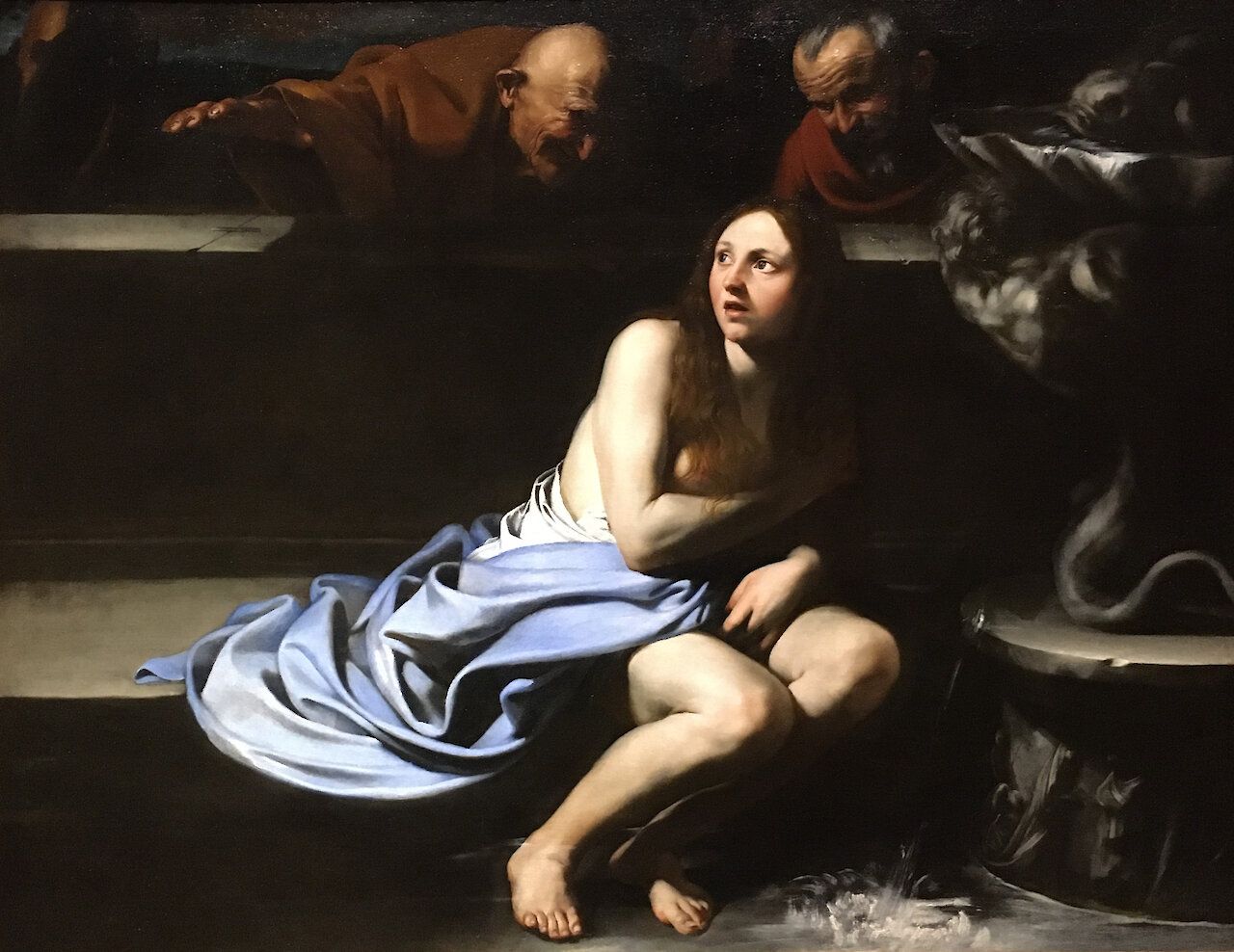
Susanna and the Elders
by Jusepe de Ribera, circa 1615
- Medium
- Oil
- Dimensions
- 70 9/32 x 54 1/8 in (179 x 138 cm)
- Location
- San Diego Museum of Art
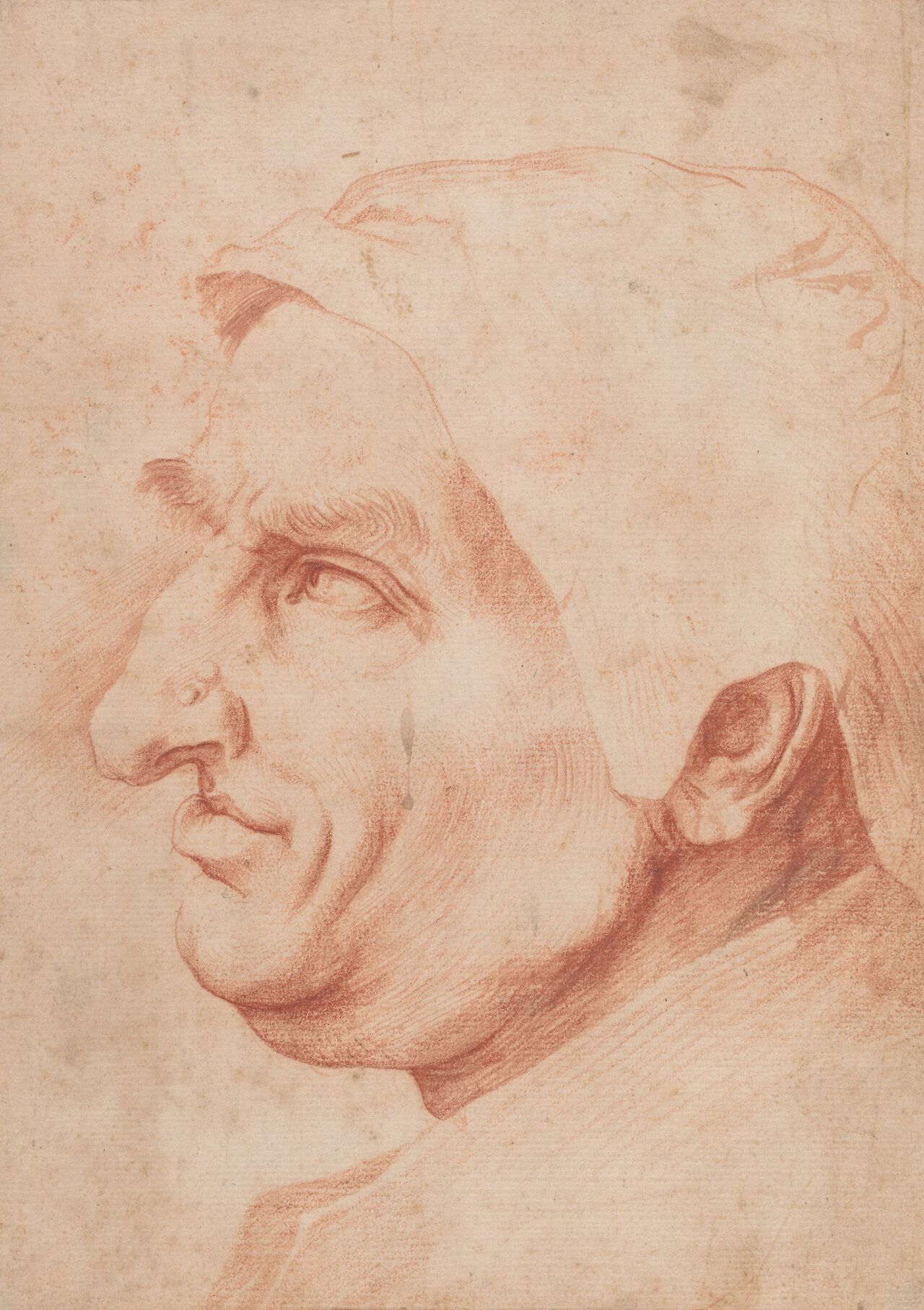
Head of a Man
by Jusepe de Ribera, circa 1620
- Medium
- Red chalk on laid paper
- Dimensions
- 30.5 x 24.5 cm (12 x 9 5/8 in)
- Credits
- Ailsa Mellon Bruce Fund.
- Location
- National Gallery of Art
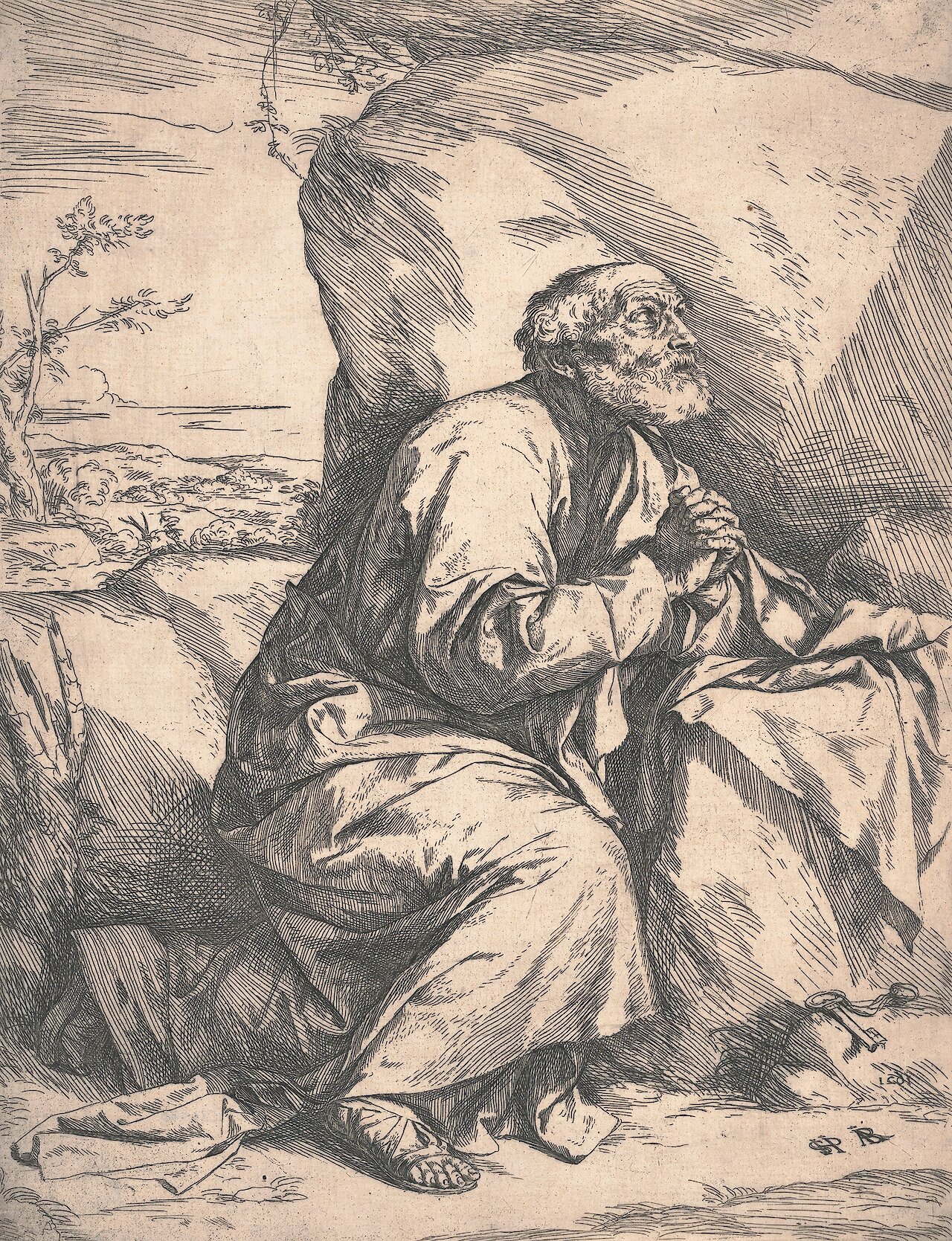
The Penitent Saint Peter
by Jusepe de Ribera, 1621
- Medium
- Etching with engraving
- Dimensions
- 12 7/16 × 9 9/16 in. (31.6 × 24.3 cm)
- Credits
- The William A. Whitaker Foundation Art Fund
- Location
- Ackland Art Museum
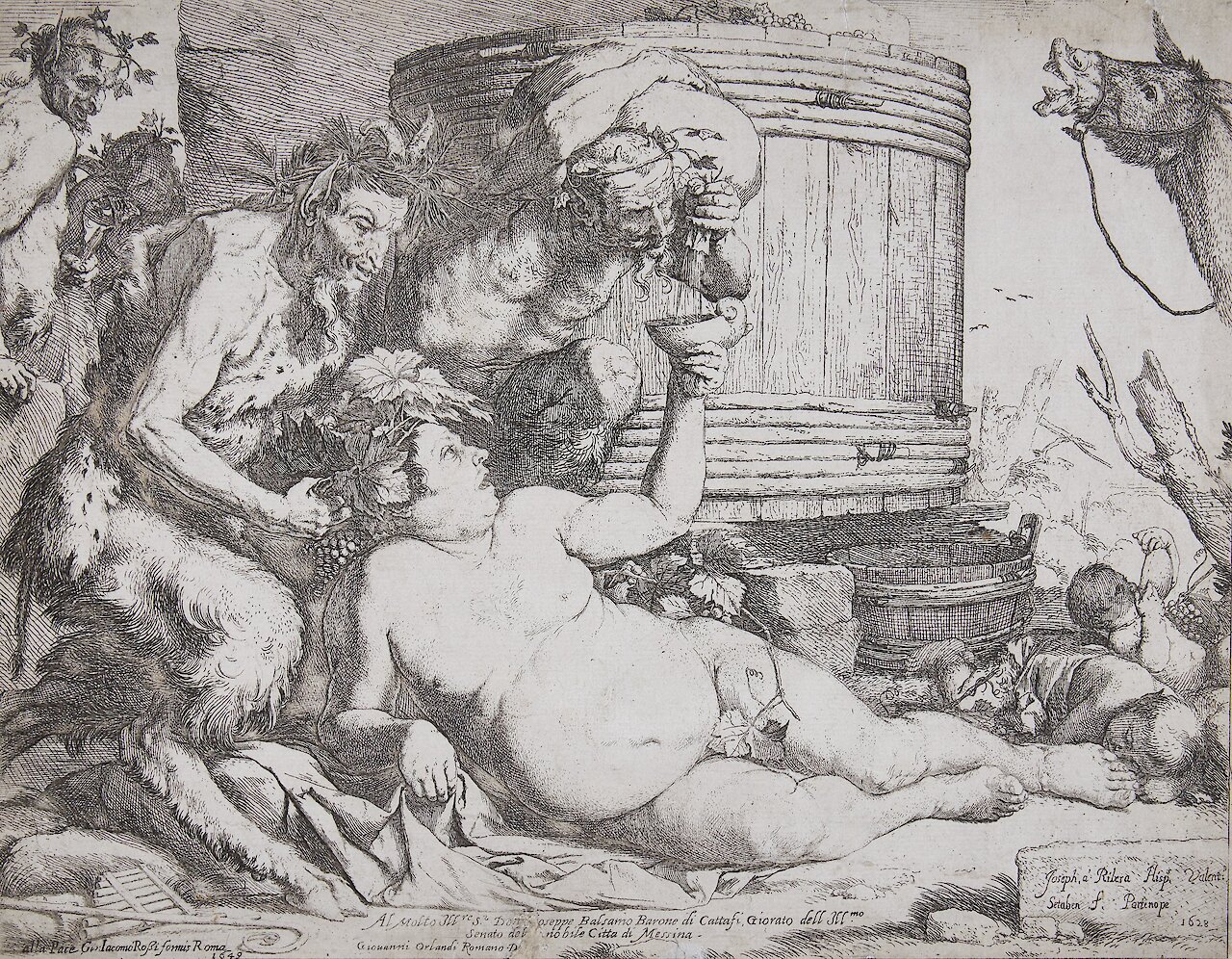
The Drunken Silenius
by Jusepe de Ribera, circa 1626
- Medium
- Etching on paper
- Dimensions
- Sheet: 10-5/8 x 14 in.
- Credits
- Gift of David Hilton in honor of Professor James Harper. © Jordan Schnitzer Museum of Art — University of Oregon
- Location
- Jordan Schnitzer Museum of Art
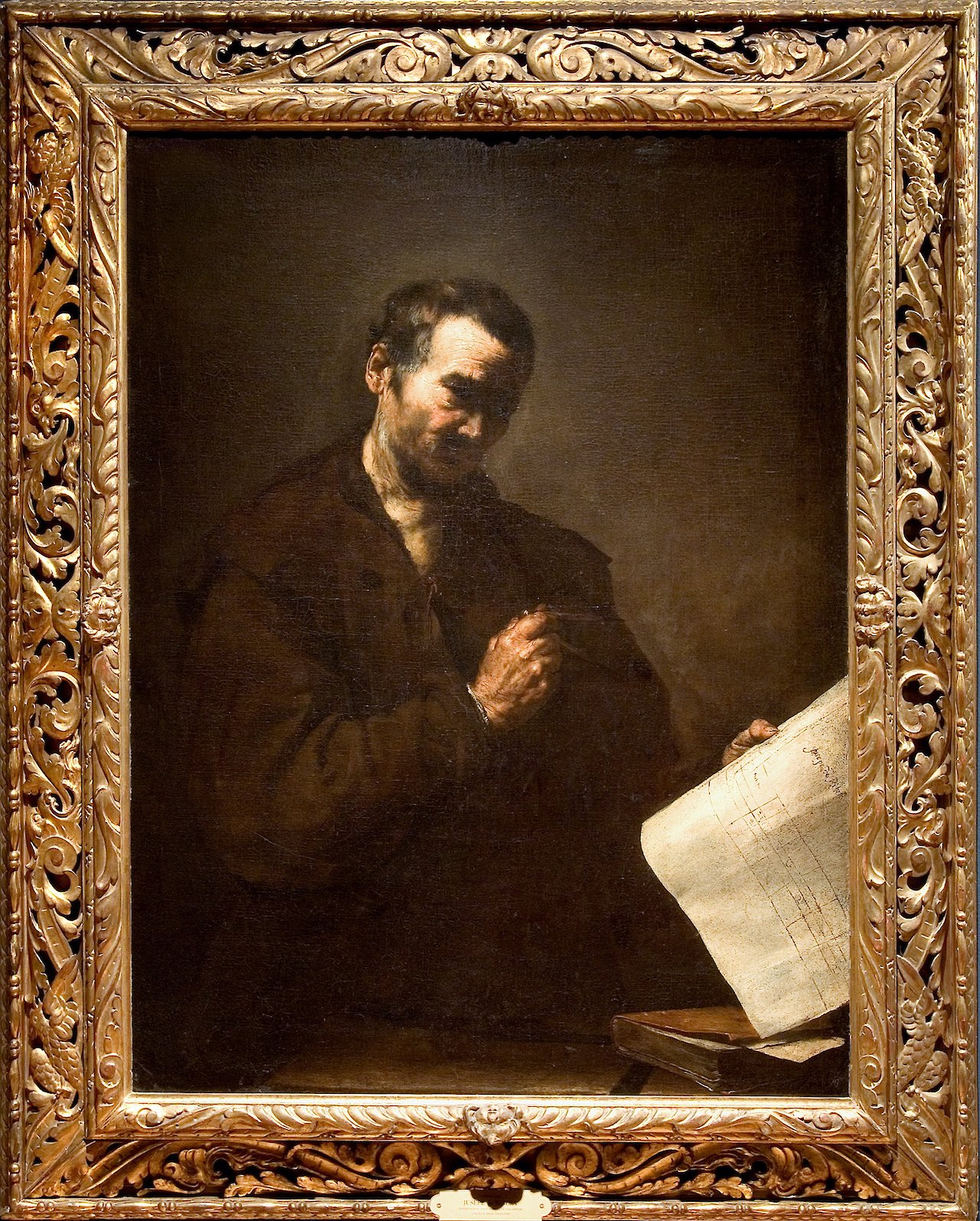
A Greek Sage
by Jusepe de Ribera, circa 1630
- Medium
- Oil on canvas
- Dimensions
- 50.8 x 36.5 in
- Credits
- University of Arizona Museum of Art, Tucson, Arizona, Gift of Samuel H. Kress Foundation, 1961.013.010
- Location
- University of Arizona Museum of Art
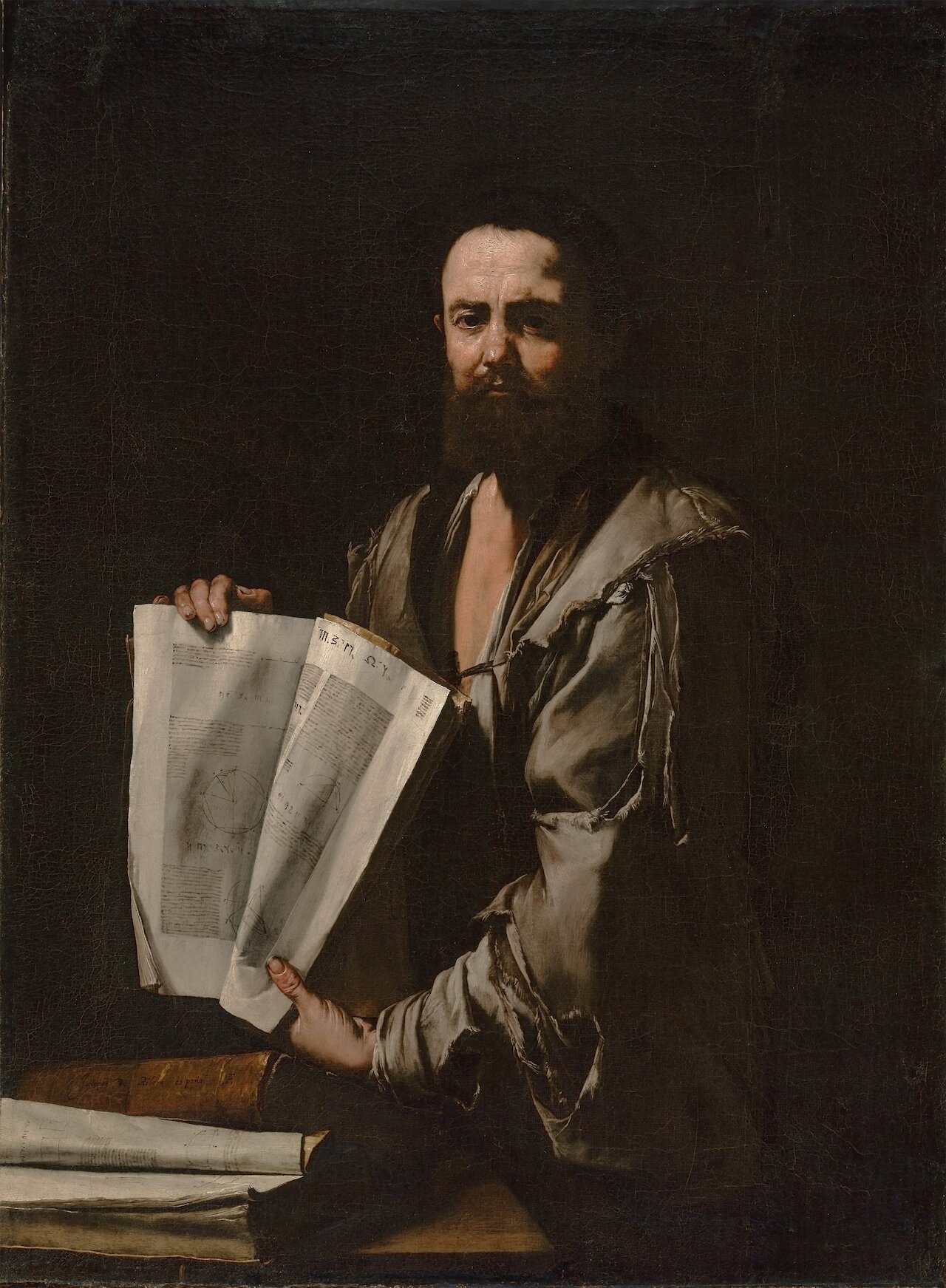
Euclid
by Jusepe de Ribera, circa 1630–1635
- Medium
- Oil on canvas
- Dimensions
- Unframed: 125.1 × 92.4 cm (49 1/4 × 36 3/8 in); framed: 158.1 × 124.5 × 7.3 cm (62 1/4 × 49 × 2 7/8 in)
- Notes
Emerging from deep shadows behind a table, a solemn individual stands displaying a well-worn book with various geometric figures, pseudo-Greek characters, and an imaginary script. Jusepe de Ribera paid considerable attention to the man's facial details, from the unkempt beard to the distinctive creases of his high forehead and the irregular folds of the lids above his dark, penetrating eyes. He depicted the wise man with tattered clothes and blackened, grimy fingers to emphasize the subject's devotion to intellectual, rather than material, pursuits.
The presence of mathematical diagrams in the illegible book reveal the figure's identity as Euclid, a prominent mathematician from antiquity, best known for his treatise on geometry, the Elements. Portraits of wise men were very popular in the 1600s, when there was a revived interest in ancient Greek and Roman philosophy. Rather than portraying the subject as a refined and noble figure, Ribera depicted him as an indiv
- Location
- J. Paul Getty Museum
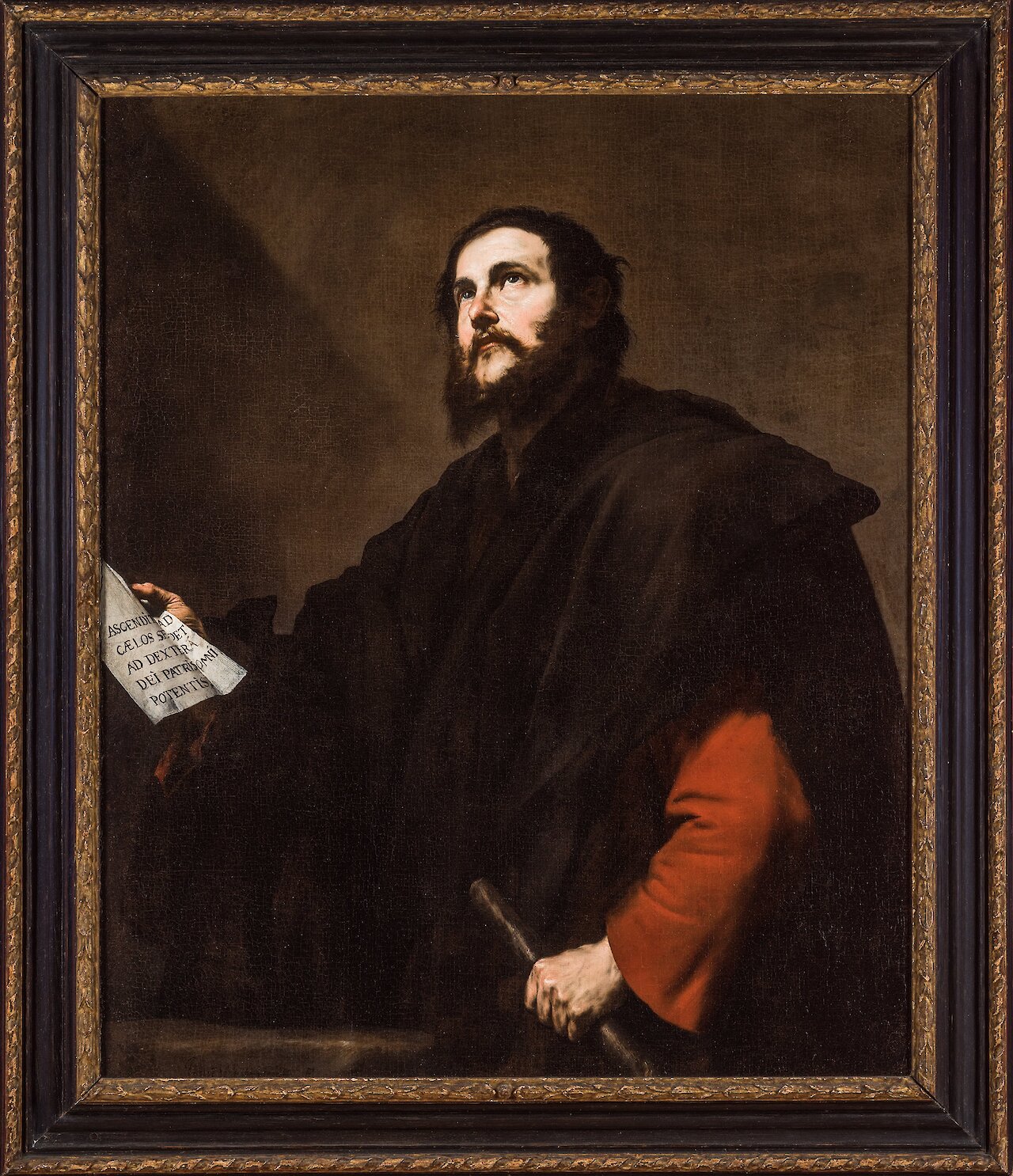
Saint Bartholomew
by Jusepe de Ribera, circa 1632
- Medium
- Oil
- Dimensions
- 47 x 38 1/2 in (119 x 98 cm)
- Location
- San Diego Museum of Art
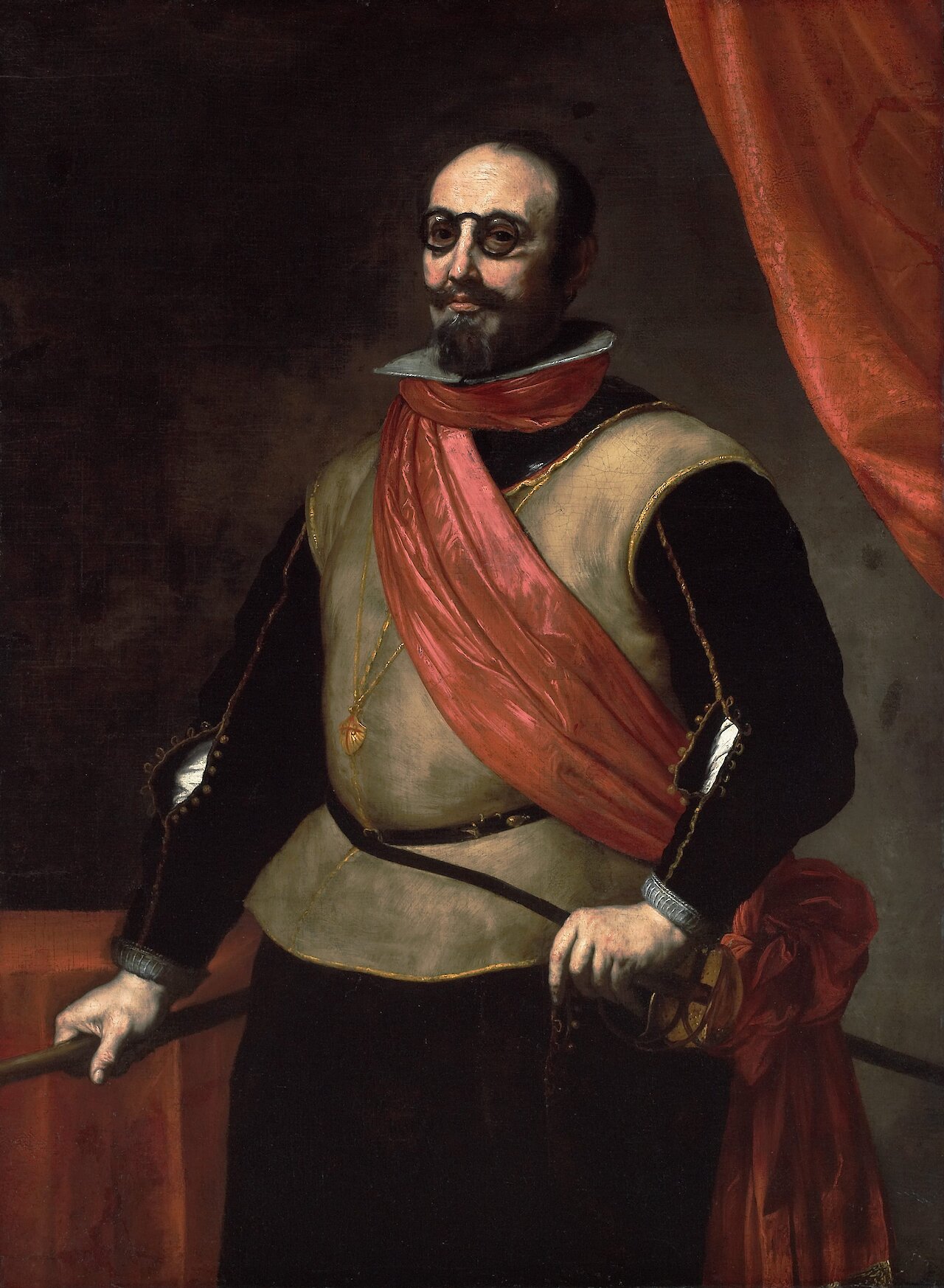
Portrait of a Knight of Santiago
by Jusepe de Ribera, circa 1635
- Medium
- Oil on canvas
- Dimensions
- 57 1/2 x 42 in (146.1 x 106.7 cm)
- Credits
- Meadows Museum, SMU, Dallas. Algur H. Meadows Collection, MM.77.02. Photography by Michael Bodycomb.
- Location
- Meadows Museum
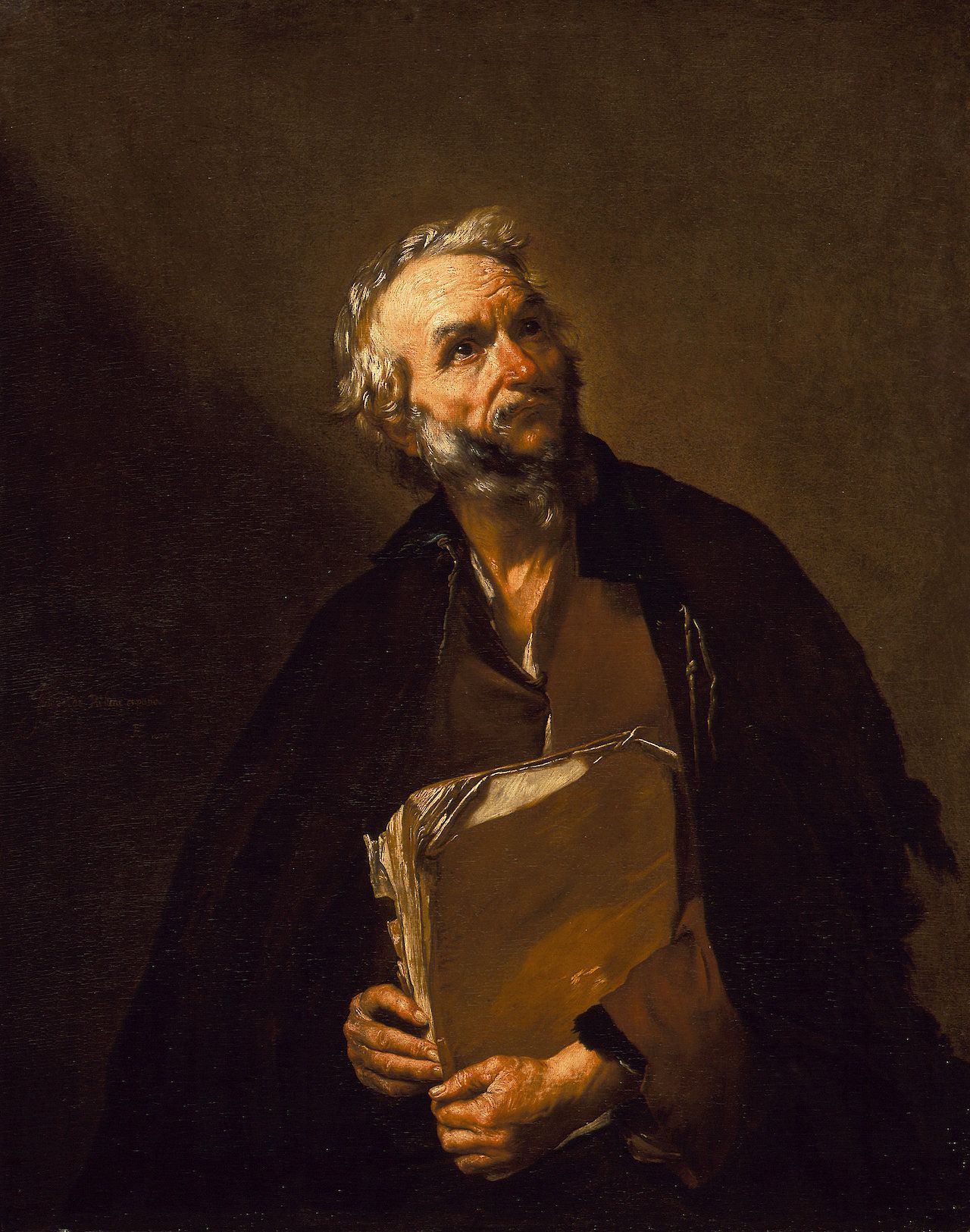
A Philosopher
by Jusepe de Ribera, 1637
- Medium
- Oil on canvas
- Dimensions
- Frame: 61 × 51 × 5 in (154.94 × 129.54 × 12.7 cm)
- Location
- LACMA